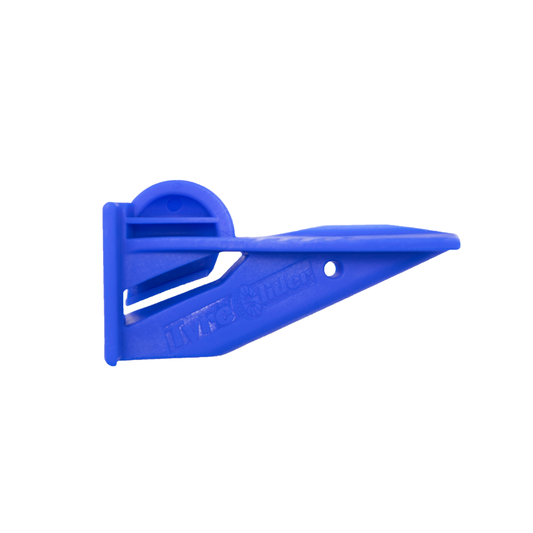wind cheet-er
Noun
A lightweight cycling jacket designed to reduce wind resistance.
Example usage: I wore my wind cheater on my ride today for extra warmth.
Most used in: Regions with cold climates and strong winds.
Most used by: Cyclists who ride in colder climates.
Popularity: 8/10
Comedy Value: 3/10
Also see: Aero Wheels, Wind Tunnel Wheels, Aero Rims, Deep Dish Wheels,
What Does 'Wind Cheater' Mean in Cycling?
Wind Cheater is a term used in cycling to refer to a cyclist's ability to ride faster than the wind. This is usually done by drafting, or riding behind another cyclist or vehicle in order to reduce the wind resistance. The cyclist is said to be 'cheating the wind' and is able to ride faster than they would have on their own.
Drafting is a technique used by cyclists to reduce wind resistance and increase their speed. It is most effective when the gap between the cyclist and the vehicle or cyclist ahead is small. The cyclist behind can reduce the air resistance by as much as 40 percent, allowing them to ride faster than the wind.
Drafting is also used in racing, where cyclists take turns leading the pack and allowing each other to rest. This technique is especially useful in group rides, where the group is able to ride at a faster speed than any of the individual cyclists could have achieved on their own.
Wind Cheater is a term used to describe a cyclist's ability to ride faster than the wind. This is a valuable skill for any cyclist, whether they are racing or just enjoying a leisurely ride. Knowing how to draft and use the wind to their advantage can make a cyclist faster, more efficient, and ultimately a better cyclist.
.Exploring the Origin of the Term 'Wind Cheater' in Cycling
The term “wind cheater” is used to refer to a cyclist who is able to ride faster than the wind. The phrase was first used in the early twentieth century in England, and is derived from the phrase “wind cheat” which was a description of a strong, fast cyclist.
The term was first used in the context of cycling in the 1920s, and it was used to describe cyclists who were able to outpace the wind. The term was popularized by the British cycling magazine Cycling, which was published from 1878 to 1967. In the magazine, “wind cheater” was used to describe a cyclist who was able to ride faster than the wind.
The term “wind cheater” is still used to describe a cyclist who is able to ride faster than the wind, and it has become a popular term in the cycling community. The term is often used to describe cyclists who are able to achieve significant speed gains due to aerodynamic efficiency or strong winds.












